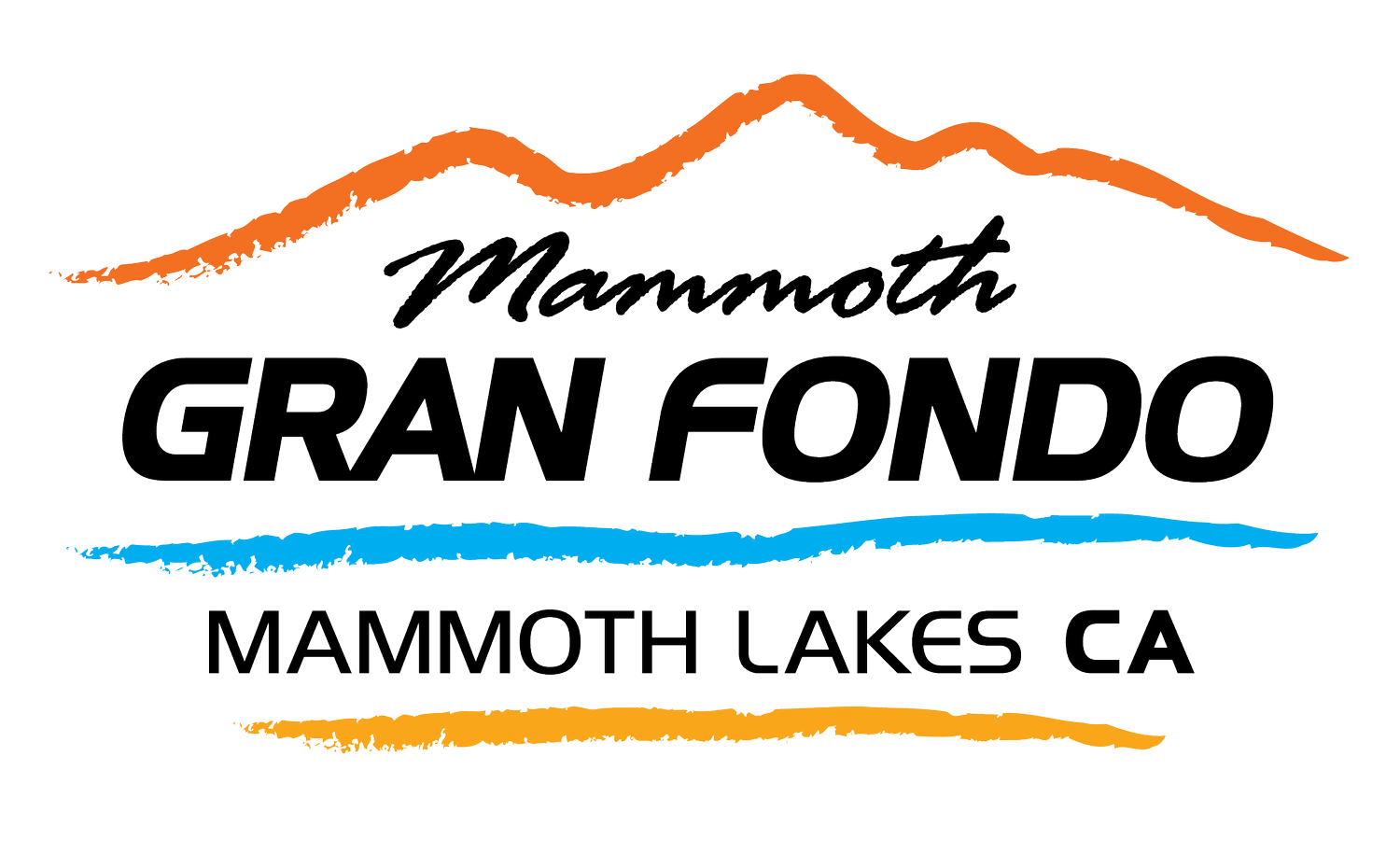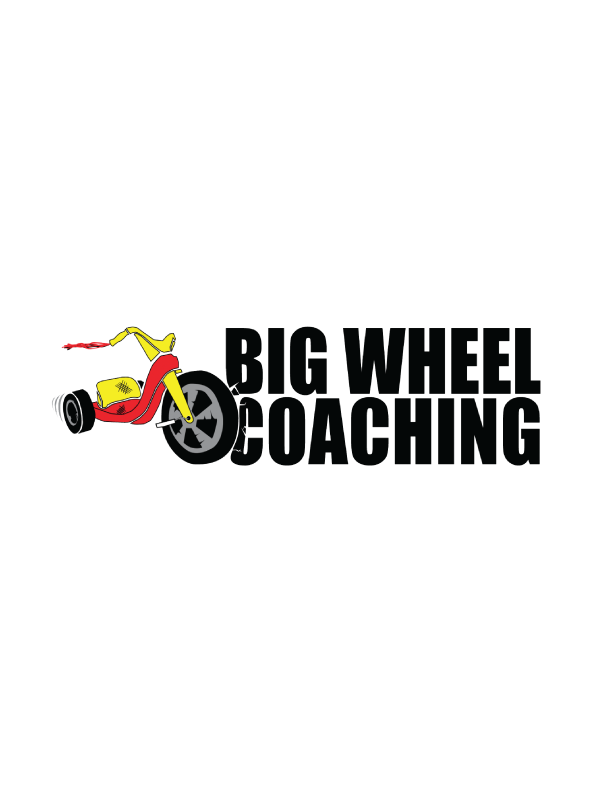WHY MAKING FRIENDS IS BETTER THAN BEING STRONG
The Mammoth Gran Fondo staff is psyched to partner with Coach Brian at Big Wheel Coaching to provide you all with some insightful articles about how to approach the Mammoth Gran Fondo, your training, and overall spread the psyche for getting in shape and ready for the Mammoth Gran Fondo.
One of the greatest aspects of the Mammoth Gran Fondo is that it’s mass-start format, including the neutral roll-out, provides the opportunity for us cyclists to ride in large groups creating our own pelotons that slice through the air with fighter-jet efficiency.
In my years of racing and coaching the most common approach to this event that I hear goes something like this, “I’m going to get with a big group and do nothing until the climbs.”
And although there is plenty of merit in the approach that “sitting on” a big group and being towed around is a wise strategy to get deep into a the Fondo with minimal output, it’s a rather elementary approach.
As a Coach, I want to help my Athletes achieve “ninja status”, as my junior riders would say.
So what is my best recommendation to achieve “ninja status” at the Mammoth Gran Fondo?
Be a good wheel AND contribute your share of work to whatever group your are in.
Why stick your nose in the wind, when you can “sit on” and get a free ride?
Because, “many hands make light work!”
The fastest way to tick-off the miles at any event, most especially at altitude, is spreading the work amongst more riders. Which means you are better off being with a group than trying to power off the front solo. The exception to that notion might be on the 203 climb to the finish, but that’s another article.
Efficient and fast rotating pace-lines require trust, team work, and cohesion.
Experienced riders know this, strong riders too, so when they are a part of an inefficient group, their goal becomes “trimming the fat” or getting away from riders trying to get a free ride.
So my simple suggestion for you is to do your part to make every group you are in one of those smooth working and easy flowing groups.
By setting the example, taking a smooth and steady pull, not to mention encouraging other riders to do the same, you are laying the foundation for a long-lasting, fast-riding, cohesive group.
And speaking of rotating pace-lines and fast groups, here are five quick tips to help create a smooth working collection of bike riders.
Tip #1: The “Recovery Line” SLOWS DOWN
One common issue with rotating pace-lines is the “recovery line” not slowing down. It’s an easy detail to miss, but it is the single most common destroyer of groups. The rider who takes a pull then moves to the recovery line and never slows down.
That requires the next rider to accelerate in order to pass and the process repeats itself gradually getting faster and faster until no one can pull.
So, if you notice less and less people pulling in your group, there is a chance it is happening because the “working line” is either accelerating or more likely, the “recovery line” is not slowing down.
The simple fix to this is to shift one gear easier as you transition from the working line to the recovery line. It naturally slows you down without the use of the brakes and makes for a smooth pace-line.
Tip #2: Head-Up & Eyes Forward
One thing that does not inspire trust in your fellow riders is erratic movements and not “holding a steady line”. In most cases there is a simple fix for this, a rider with their head-up and eyes forward anticipates pace changes and can make small corrections which keeps the group feeling like a school of fish rather than a swarm of bees.
Relax your hands, face, shoulders, and hands. Keep your head up and eyes forward and watch the speed tick up!
Tip #3: Drops Or Hoods, Not Tops, Ride Near Your Controls
This may seem obvious, but take a look next time you are in a pace-line. You are likely to find one or more riders that are not in the drops or on their hoods.
The riders riding on the tops of the bars can usually be spotted easily because they cannot ride close enough to the rider in front of them to benefit from the draft since they they cannot stop should the need arise.
In other cases, the person riding on the “tops” sometimes rides to the left or right of the wheel in front of them in order to ride closer to that rider. This too leads to an unorganized group as this person cannot stay in line to flow with accelerations or decelerations within the group.
Long story short, avoid this yourself and avoid this person in your group. Good wheels are near their controls when riding in pace-lines or groups.
Tip #4: Predictable and Smooth Movements At The Front & Back Of The Group
When a rider is in the “working line” or “recovery line” their job is simple, just hold the wheel. Assuming the rider in front of you is a good wheel, that is the best thing to do, trust them and hold the wheel.
Complications happen when riders pull and must move to the recovery line and correspondingly when they move from the recovery line back to the working line.
The most common mistake is an exaggerated look left or right. And remember “where our head goes, our body and bikes follow.”
An exaggerated head makes for an exaggerated lurch from the working line to recovery line or vice versa. To avoid this follow the “head-up and eyes-forward” advice above and use your peripheral vision to make for smooth movements from one side of the group to the other.
Predictable movements at the front and back of a pace-line not only make things smoother, but also faster.
Tip #5: When The Speed Goes Up The Group Moves Left
This one must be used at the appropriate time, as it is sometimes controversial or unwise when riding on busy roads, but given the Mammoth Gran Fondo features such a large swathe of roads closed to driving traffic, it is very applicable.
As a group increases its speed, whether on a flat road or slight downhill, the riders at the front need to move the group toward the middle of the lane being used. The most obvious reason for this is that road debris is most concentrated on the shoulder and right side of the road.
In any group riding situation the head of the pack needs to consistently be in search of the smoothest road surface, but just like in our cars and on the freeway, faster vehicles and traffic stay in the left lanes. So to, then should we move left as our group moves faster and faster.
This technique requires skilled application and situational awareness, but when used properly it makes for a smooth working, and fast group that presents itself as a cohesive unit to other vehicles, namely cars on the road.
And that, my Friends, is the fastest way through the Mammoth Gran Fondo. I stand by my statement that I would rather make friends and share the work than simply be strong on any 100-mile ride. So whatever fitness you bring to the Mammoth on Saturday September 9th, just remember…
Smooth is fast!
On that note, you’ve got some training to get to! I hope you have a great ride in Mammoth and look forward to seeing you there!
-Coach Brian

